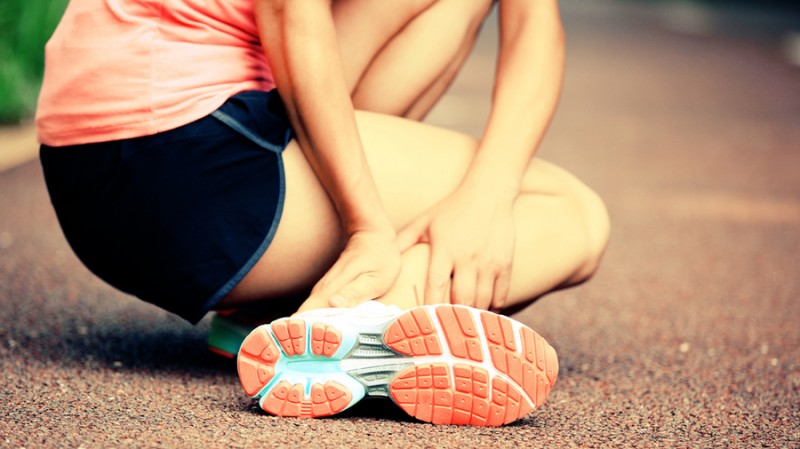You Don’t Know…What You Don’t Know
A common scenario I deal with as a PT specializing in runners: Said runner started feeling pain, kept running, tried new shoes, kept running. Pain got worse. Stopped running. Took Ibuprofen and iced…got a little better, started running…started hurting.
Do you get the idea? The conversation goes like this:
PT: “Hi Jon, what brings you in today?”
Jon: “Well, the outside of my knee hurts when I run”
PT: “What have you been doing for it?”
Jon: “Well I’ve been foam rolling, stretching my IT band, and icing”
PT: “Is it helping?”
Jon: “Not really, I still can’t run well.”
Probably the biggest hurdle in rehabbing a running injury is getting it properly diagnosed and treated. At times plain ‘ole rest does the trick. At times it doesn’t. At times ice and some OTC medication helps…at times it doesn’t.
Often conditions (such as lateral knee pain as above) arise from problems elsewhere in the body. Here are a few of the most common complaints paired with likely causes.
1) Anterior/Lateral knee pain: Weakness/poor control of the lateral hip muscles: On further review we find Jon’s pelvis dropping and femur (thigh bone) falling inward, this puts excessive stress across the knee cap (patella)
2) Low back pain: Poor hip extension/tightness in the hip flexor muscles. This transmits excessive compression across the lumbar spine during swing phase of the gait cycle.
3) Plantar fasciitis: Stiffness of the big toe with push off phase of gait cycle, this transmits excessive force across the plantar fascia, eventually injuring it. This can also be paired with weakness in a muscle called the posterior tibialis which helps control pronation of the foot.
Too often I see runners struggle for months (or years) and they end up frustrated with running altogether. Some pearls to take with you:
1) Often, the site of pain isn’t where the cause is
2) To cure the problem, the dysfunction(s) needs addressing
3) The running motion is complex, at times a thorough evaluation is needed.
4) Self treating with no results and/or ignoring early symptoms can lead to prolonged recovery and compensatory problems.
Here’s to pain free running!

